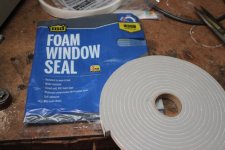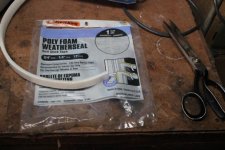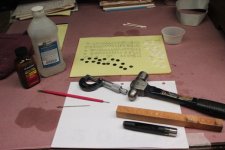Mike_Z
Veteran Member
I've had a Sol-20 sitting on the back bench for many years. I purchased it from a roofing chemical company company in the early 1980's. They were upgrading to one of the 'new' Apple systems. Their complaint was that after the unit was on for about 1/2 hour, it would lose it's mind and run wild.

Here it is, it came with an Omega 3 hard sectored drive system, a Sanyo composite monitor and some software. It has dates on it like manufactured March 1978. Once I got it home and opened up I found that the roofing company had packed the S-100 slots full of memory boards. There were 4 boards filled with the old 2102 memory chips. Well, it didn't take long to figure out they had a heat problem. These boards would warm up the box until there was thermo run away. My first project with this unit was to build a single memory board with all the memory on it, using a 43256 and two 8464 memory chips, 48k of memory. This reduced the heat generated allot and the computer seemed to work very well. My kids learned BASIC on this machine. But then time went on and the Sol was pushed to the back bench. When I retired a dozen or so years ago, I pulled it out and found that the keyboard was not working very well. So, back to the back. Later I found an article that talked about repairing the keyboard. I copied it and promptly forgot about it again. Today, now that the weather is turning cold and outside activities are waning, I pulled the article and re read it. Seems that repairing the capacitive keyboard key is not a difficult job. I purchased a 'space blanket', but was having trouble finding the open cell foam. I thought I'd try a small hole synthetic sponge.
So, the Sol was moved to the work bench and opened up. Here is the OmegaByte drive box

Here is the Sanyo monitor
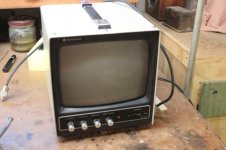
Here is the Sol-20

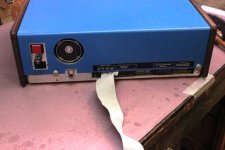
Here you can see my 'new' memory board
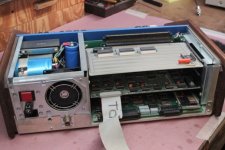
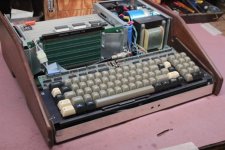
And with the keyboard out.


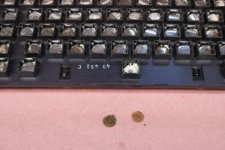
So, as I said I want to try and use the sponge for a spring, but am still searching for some open cell foam, Does anyone know of a source for this stuff? Thanks Mike

Here it is, it came with an Omega 3 hard sectored drive system, a Sanyo composite monitor and some software. It has dates on it like manufactured March 1978. Once I got it home and opened up I found that the roofing company had packed the S-100 slots full of memory boards. There were 4 boards filled with the old 2102 memory chips. Well, it didn't take long to figure out they had a heat problem. These boards would warm up the box until there was thermo run away. My first project with this unit was to build a single memory board with all the memory on it, using a 43256 and two 8464 memory chips, 48k of memory. This reduced the heat generated allot and the computer seemed to work very well. My kids learned BASIC on this machine. But then time went on and the Sol was pushed to the back bench. When I retired a dozen or so years ago, I pulled it out and found that the keyboard was not working very well. So, back to the back. Later I found an article that talked about repairing the keyboard. I copied it and promptly forgot about it again. Today, now that the weather is turning cold and outside activities are waning, I pulled the article and re read it. Seems that repairing the capacitive keyboard key is not a difficult job. I purchased a 'space blanket', but was having trouble finding the open cell foam. I thought I'd try a small hole synthetic sponge.
So, the Sol was moved to the work bench and opened up. Here is the OmegaByte drive box

Here is the Sanyo monitor

Here is the Sol-20


Here you can see my 'new' memory board


And with the keyboard out.



So, as I said I want to try and use the sponge for a spring, but am still searching for some open cell foam, Does anyone know of a source for this stuff? Thanks Mike


